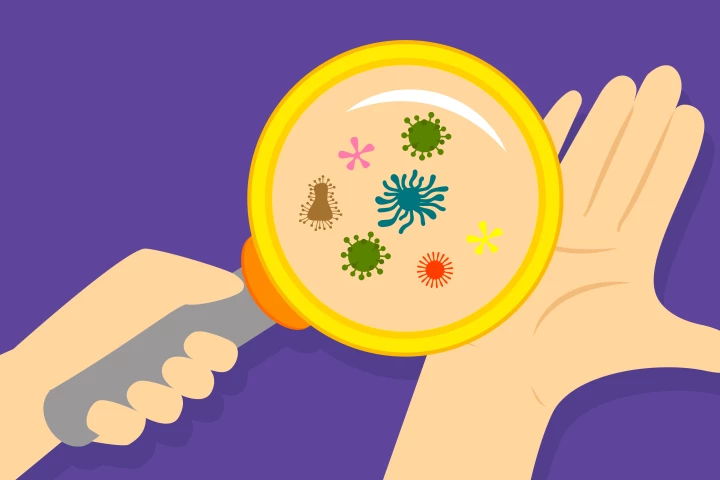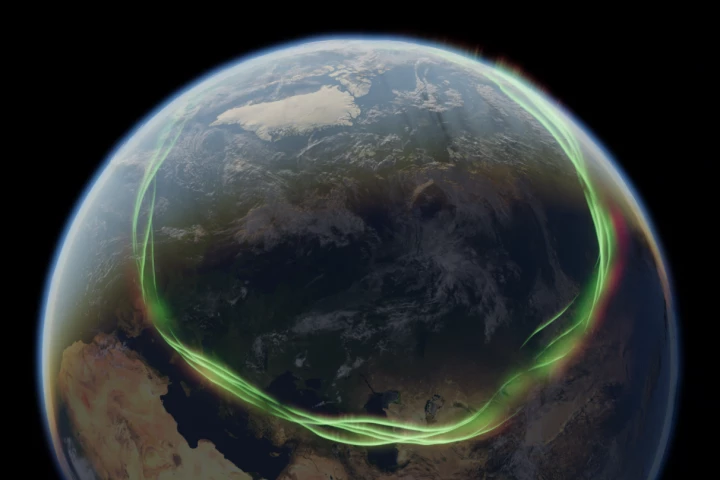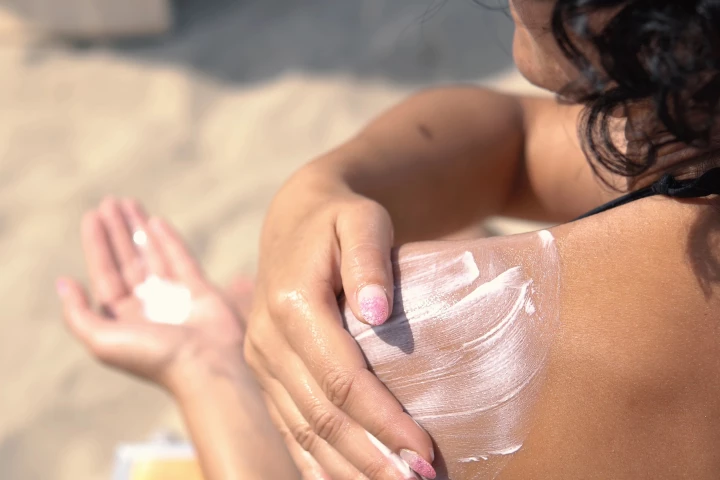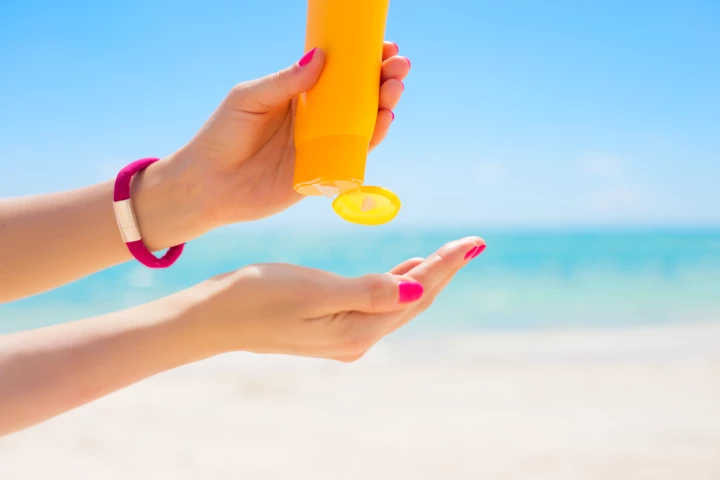Sunscreen
-
A study has described how certain bacteria living on our skin can act as microbial sunscreen, protecting us from harmful UV rays. These microbes neutralize UV-induced immune changes, offering a natural defense against the damaging effects of sunlight.
-
If you ever travel back in time around 41,000 years ago, pack some sunscreen. New research suggests that during a cataclysmic polar reversal, our ancestors might have covered themselves in mineral-rich ochre to survive harmful solar radiation.
-
Although sunscreen does help protect our skin from the sun's harmful UV rays, it isn't designed to keep that skin cool. An experimental new sunscreen does that very thing, however, while maintaining an SPF rating of about 50.
-
A pigment molecule in cephalopod skin has had its antioxidant and sun-protection properties harnessed, inspiring the first ultra-protective, skin-restorative and environmentally safe sunscreen of its kind. And it could revolutionize the skincare world.
-
Researchers have created a cream containing a souped-up, synthetic version of the free-radical-removing melanin we produce naturally to protect skin from sun damage and accelerate the healing of sunburn and chemical burns.
-
We all know the pain of applying thick, greasy sunscreen only to have half of it wash off, putting delicate marine habitats at risk. Some scientists are out to change this, using a natural molecule that offers more protection for less sunscreen.
-
The damage sunscreen can do to corals is tied to a common ingredient called oxybenzone, and Stanford scientists have now shown how corals convert the compound into a potent toxin that brings about their demise.
-
Research has confirmed chemicals in sunscreen can be detected in the blood of users after just one application. But experts urge people continue using sunscreen as there is no evidence to suggest these findings point to negative health consequences.
-
A new study has found that four active ingredients in sunscreen can leech into a person's bloodstream at levels high enough to warrant further toxicology testing. Cancer experts say it’s unclear whether these chemical concentrations are dangerous to humans.
-
It's one of the dilemmas of vacationing at the seaside – you want protection from the sun, yet most sunscreens are harmful to the marine environment. Well, scientists may be onto a solution. They've discovered that a compound found naturally in seaweed could keep us from getting burned.
-
A team of astronomers may have discovered a “hot Jupiter” exoplanet with an atmosphere that snows titanium oxide – a kind of sunscreen – exclusively on the one side of the planet that is bathed in perpetual darkness.
-
One of the hassles involved with using sunscreen is the fact that it should be reapplied at least once every few hours. That isn't the case, however, with an experimental new coating made from DNA. It actually gets more effective the longer it's left on the skin.
Load More











